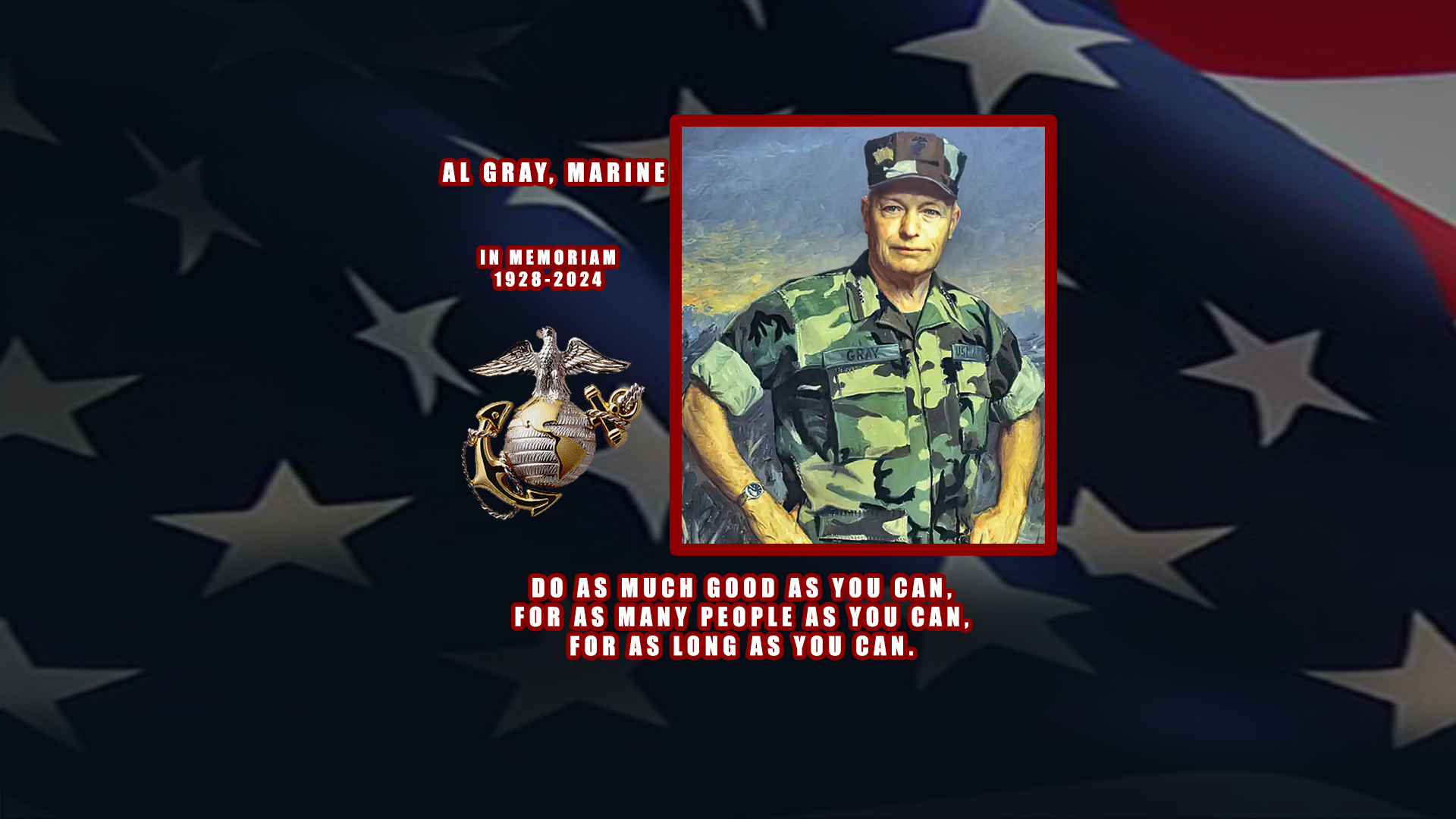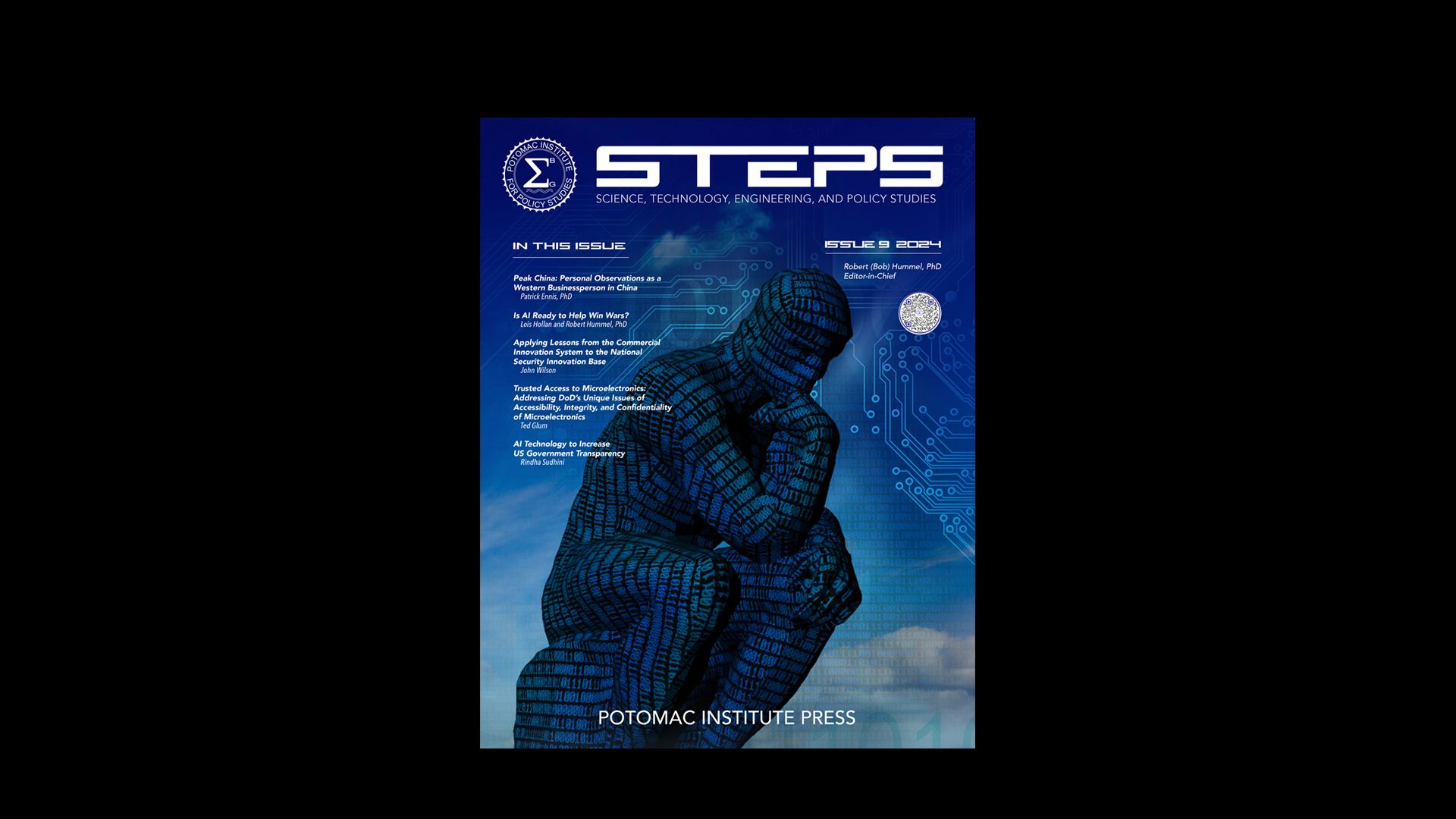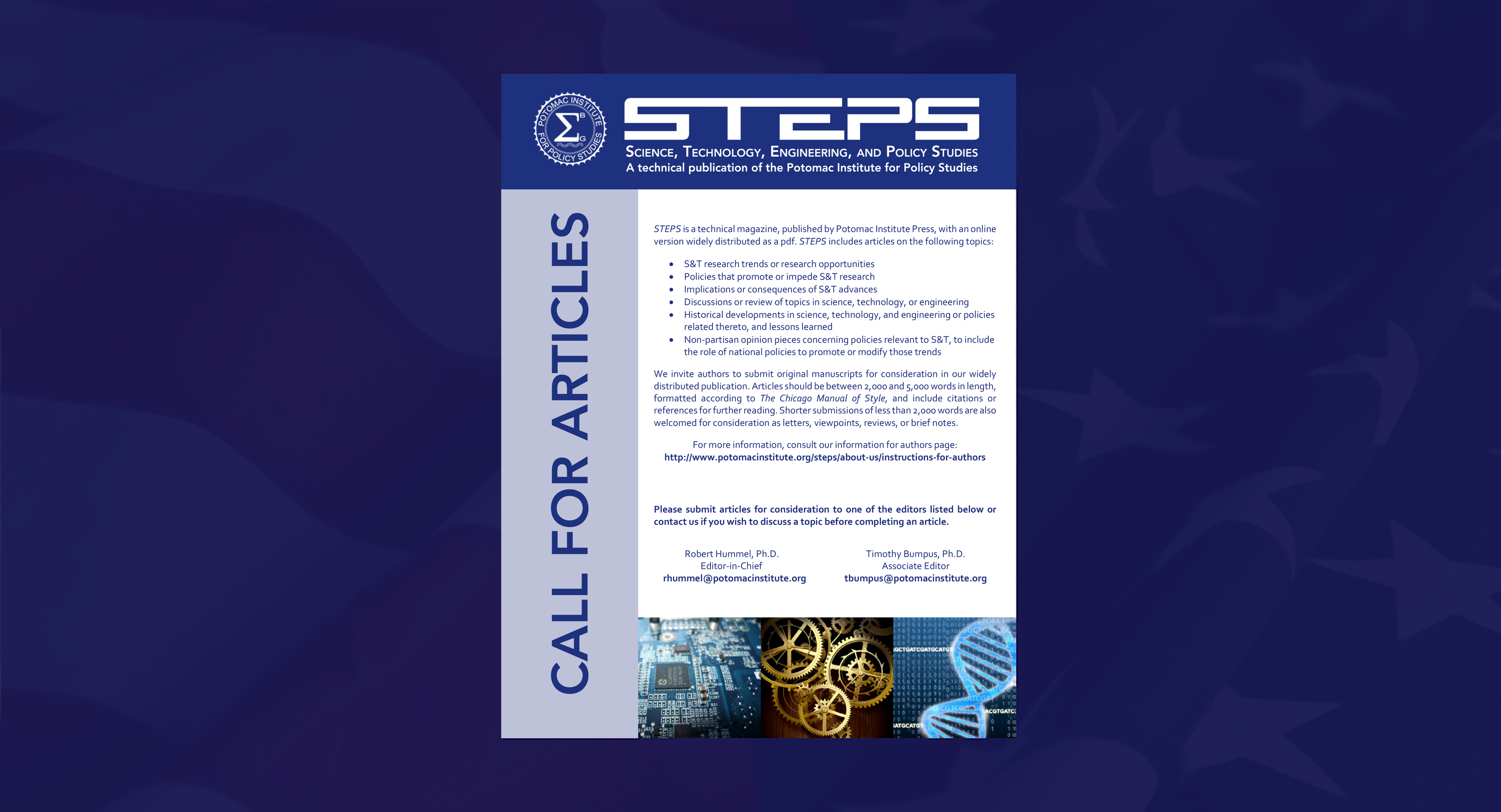Over the next few weeks, we here at the Potomac Institute for Policy Studies will be sharing 20 interesting facts and anecdotes that we've accumulated over the past two decades. We look forward to another 20 years serving our country through providing guidance in the world of science and technology policy and innovation. Please enjoy one of our 20 interesting facts today:
One of our Fellows at the Marine Corps Warfighting Lab in Quantico Was a “Go-To Guy” for International Expertise on the Development of Unmanned Aerial and Ground Systems
Dr. Bill Powers sees the future, and it’s unmanned. Powers is a Research Fellow at the Institute’s Center for Emerging Threats and Opportunities (CETO), at the Marine Corps Warfighting Laboratory (MCWL) in Quantico, VA – and according to CETO Director Mike Lowe, Powers has become a “go-to guy” for international expertise on the development of unmanned aerial and ground systems for military use.
“In my opinion, we’re going to have to go toward it much, much more than we were thinking,” Powers said, regarding Marine Corps use of unmanned aerial systems in the next 10 to 15 years. “When you start looking at the money part of it, it’s not a real hard choice.” He used a simple cost comparison, pointing out that a single state-of-the-art manned fighter can cost in the neighborhood of $135-$140 million, which would be enough to buy eight to ten unmanned aerial vehicles. But he quickly added that while cost will drive the shift initially, the single biggest reason to adopt more of these systems is that fewer Marines will be put in harm’s way. That’s the “number one” advantage, says Powers, who served in the Marine Corps for more than 30 years.
Right now, Powers said, the Marine Corps is pursuing two major avenues for application of UAV technology: smaller, unarmed vehicles that are useful for intelligence gathering at the battalion level, currently exemplified by the Raven and Wasp systems, and a slightly larger vehicle – the Shadow – which can be armed. Until now, the Marines have not developed the capability for an armed UAV, known as a UCAV (unmanned combat aerial vehicle), although the technology has garnered increasing public attention as a result of CIA drone strikes against Taliban and al-Qa’ida fighters in Pakistan. But Powers says the Corps has just been given the go-ahead to developed the Shadow B, which is the current Category Two UAV operated by Marine Corps Unmanned Aircraft Squadrons.
On the ground, too, Powers and CETO are supporting USMC efforts to build unmanned capability, and recently contributed to the US Marine Corps Un-manned Ground Systems (UGS) Road Map, the Marine Corps Combat Development Center (MCCDC) document that’s intended to lay the groundwork for future programs. At present, Powers said, unmanned ground vehicles are used by the Marine Corps mainly for explosive ordnance disposal as well as detection of IEDs (improvised explosive devices). But he envisions a day when these systems can become “infantry enablers,” humping gear so the warfighter can more easily cover greater distances, or carrying heavier weapons than a warfighter can carry on his or her own. Unmanned vehicles could be used for reconnaissance missions, or even medical evacuations.
Powers had traveled the world speaking at conferences devoted to the future of un-manned systems, and he is often questioned about perceived downsides of their use as well as benefits. While doubts have been raised regarding propriety of use, especially with regard to UCAVs, Powers says he is confident the legal questions have been settled. He also believes that while unmanned systems will make some jobs obsolete, they will create others. In the end, it’s not just about pursuing the latest whiz-bang technology, according to Powers. “We don’t care about things,” he says, “We care about people, and how we make their jobs easier.” CETO is proud to be a part of that mission.

















